Polotsk National Historical and Cultural Museum-Reserve includes 11 museums and a historical and cultural complex. Each of them present a particular side of a thousand-year-old city's life. Most of the museum buildings being architectural monuments at the same time do not only house the exhibitions but stand as objects for display representing rich history and culture of Polotsk.
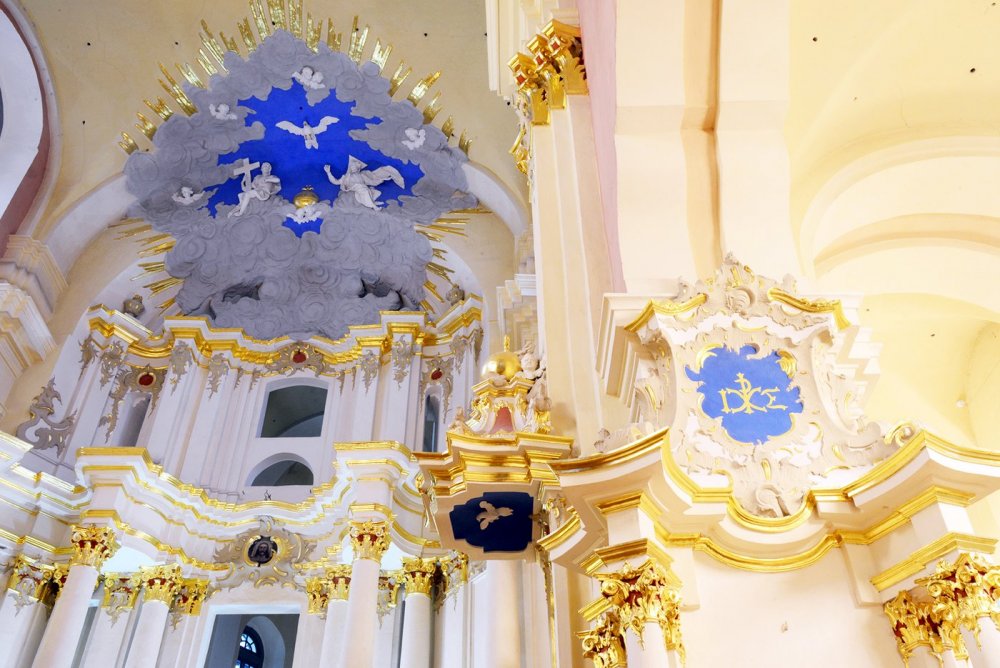
Museum of the History of Sophia Cathedral Architecture
Sophia Cathedral is the oldest stone architecture monument in Belarus. Its construction marked the beginning of not only stone construction, but also the original Polotsk school of architecture, which had a strong influence on the development of architecture in the Belarusian lands. The ancient walls of the cathedral are a chronicle in stone, a key to unraveling many secrets of Polotsk land.
Until our time, Sophia Cathedral has been preserved in a significantly changed form, since throughout its centuries-old history it has repeatedly been subjected to destruction, fires and restructuring, it belonged to Christians of the Orthodox and Uniate confessions.
In the 1970s scientific restoration work and architectural and archaeological research were carried out in the cathedral. In 1987, the exhibition of the Museum of the History of Sophia Cathedral Architecture was opened. In the museum you can see fragments of 11th century masonry, an almost completely preserved ancient foundation, fragments of fresco paintings from the late 11th century. The exhibits of the museum tell about the history of architecture of the most ancient stone building on the territory of Belarus, about numerous reconstructions and the last restoration of the monument.
In addition to the main exhibition, the museum presents the Exhibition of Wooden Cult Sculptures of the 18th-19th Centuries, as well as temporary exhibitions from the repository of Polotsk National Historical and Cultural Museum-Reserve.
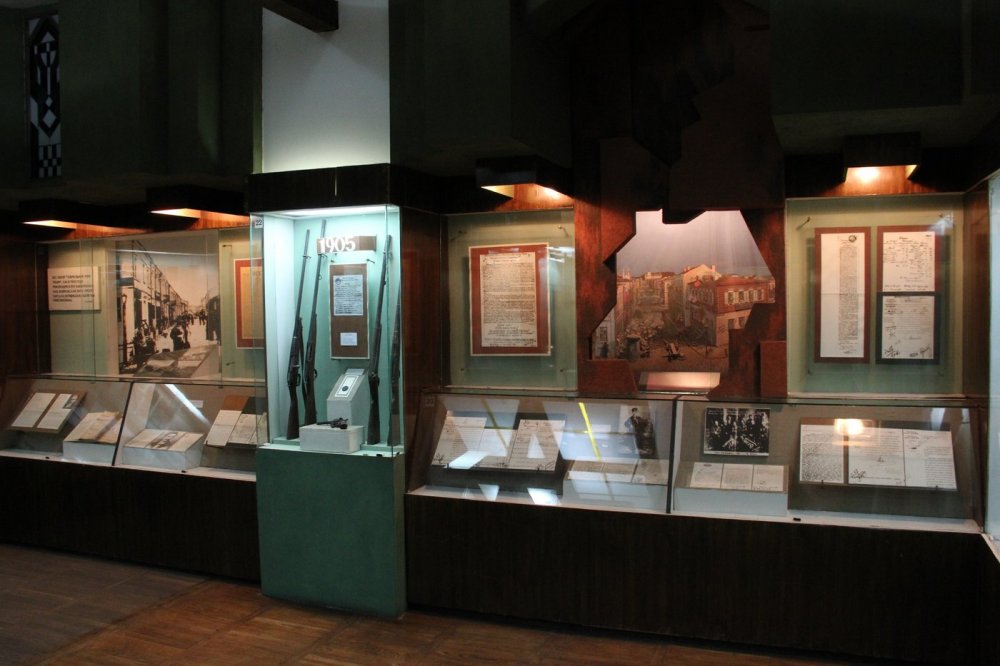
Polotsk Local Studies Museum is housed in a former Lutheran church, an architectural monument of the Neo-Gothic, built in 1888. Red brick, spire, pointed pinnacle towers, lancet windows are characteristic features of the architecture of Gothic temples. All of them can be seen in Polotsk church.
The oldest museum in the city was opened in 1926. Today its exhibitions reflect the most important pages of the city's and regional history. Here are the monuments of the Mesolithic era, as well as the Stone Age - tools, bone products, etc. Products of potters and bone carvers, cowrie shells from the Maldives, Arab Kufic dirhams narrate about the origin and formation of the city as a center of crafts and trade in the 9th-12th centuries.
Numerous military items - tops of maces, arrowheads, chain mail - tell about the wars that swept across Polotsk and battles with the participation of the polotsians during the times of Polotsk Principality, the Grand Duchy of Lithuania, and the Polish-Lithuanian Commonwealth. The times when the city was part of the Russian Empire are widely represented by maps, documents, heraldry. Much attention is paid to the Patriotic War of 1812, the battles in Polotsk and near Klyastitsy.
The economic life of the city in the 19th - early 20th centuries is reflected in documents, samples of products from local factories, and photographs. The revolutionary events of 1905, the First World War and the German occupation of Polotsk in 1918, the development of the city in the interwar period are also reflected in the exhibition. The "Honorary Citizens of Polotsk" exhibition reflects the main events in the life of the city in recent decades.
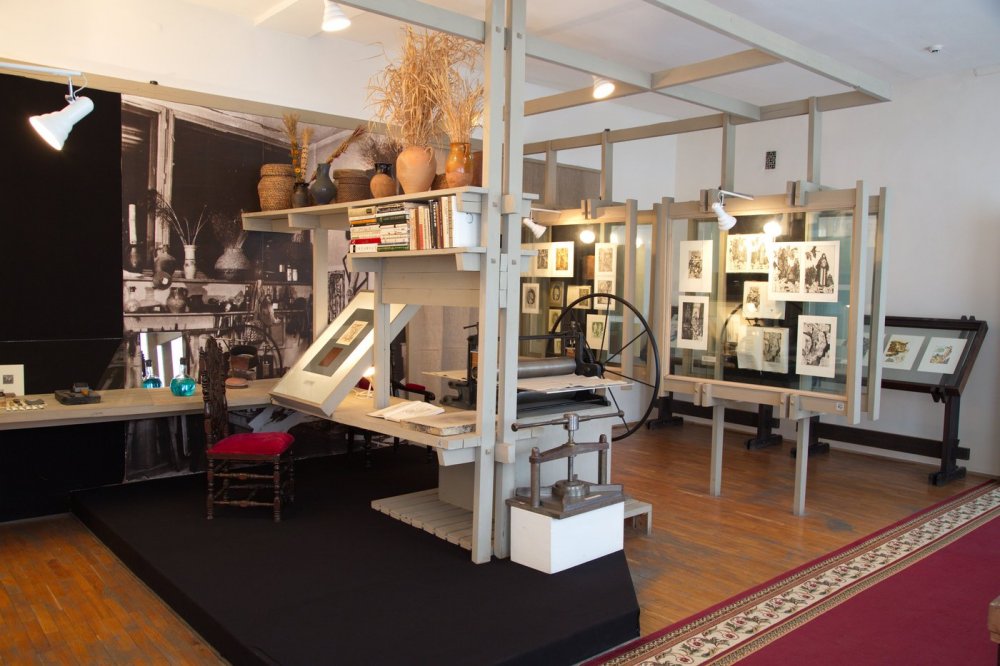
Museum of the Belarusian Book-Printing
The museum is located in the building of the former Brotherhood School at Epiphany Monastery for men, which is an architectural monument of the 18th century.
Today the Museum exhibits around 1500 items in 15 halls. The museum introduces the historical figures who stood at the origins of the Belarusian book culture. Here you can explore writing materials and ancient forms of the book, learn about the history of paper, about the creation of a code book and marvel at the variety of book formats.
A separate hall of the Museum is dedicated to one of the most famous Belarusians and probably the most famous Polotsk resident - Francysk Skaryna. To visualize the process of creating the first printed books, the museum presents a reconstruction of a printing house of the 17th-18th centuries. The evolution of the scientific study of the life and work of Francysk Skaryna is also reflected in the museum.
A significant museum section introduces the development of the Belarusian book publishing business in the 16th-18th centuries. A separate hall of the Museum is dedicated to the kinds and types of printed materials, as well as the development of the Belarusian publishing industry at the early 20th century. The best books of Belarus - the winners of the “Art of the Book” competition, including publications for the youngest readers, are presented in the final section of the museum.
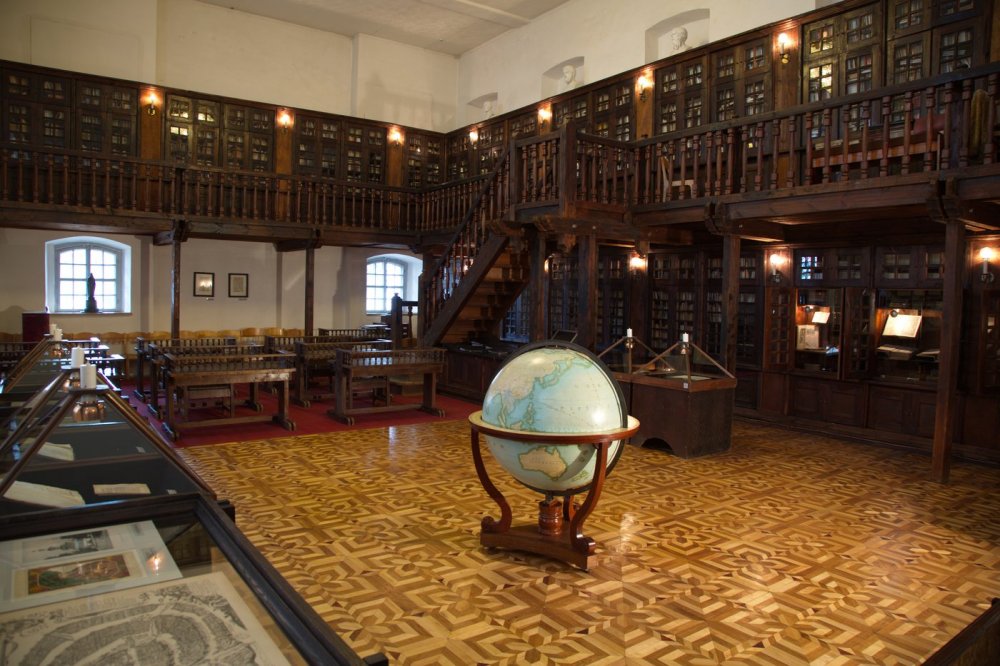
Museum-Library of Simeon of Polotsk
In the building of the former residential building of Epiphany Monastery, among the halls of the Museum of Belarusian Book-Printing, the Museum-Library of Simeon of Polotsk is located. It is decorated in the style of a Western European library of the 17th-18th centuries - two-level placement of bookcases, busts of scientists and philosophers, a reading room and a large globe in the centre.
The museum demonstrates different periods of the life and work of Simeon of Polotsk: the earliest Polotsk period, the years of study in Kiev and Vilno, the Moscow period of life.
A significant attention is paid to the literary and publishing activities of Simeon of Polotsk. The museum showcases display the originals of his books, books of the 17th-18th centuries, copies of the enlightener's manuscripts, his figured baroque poems, as well as the works of modern scientists dedicated to the life and work of the famous Polotsk citizen.
In addition, part of the collection of printed publications from the repository of Polotsk National Historical and Cultural Museum-Reserve and the repository of the scientific library are kept here.
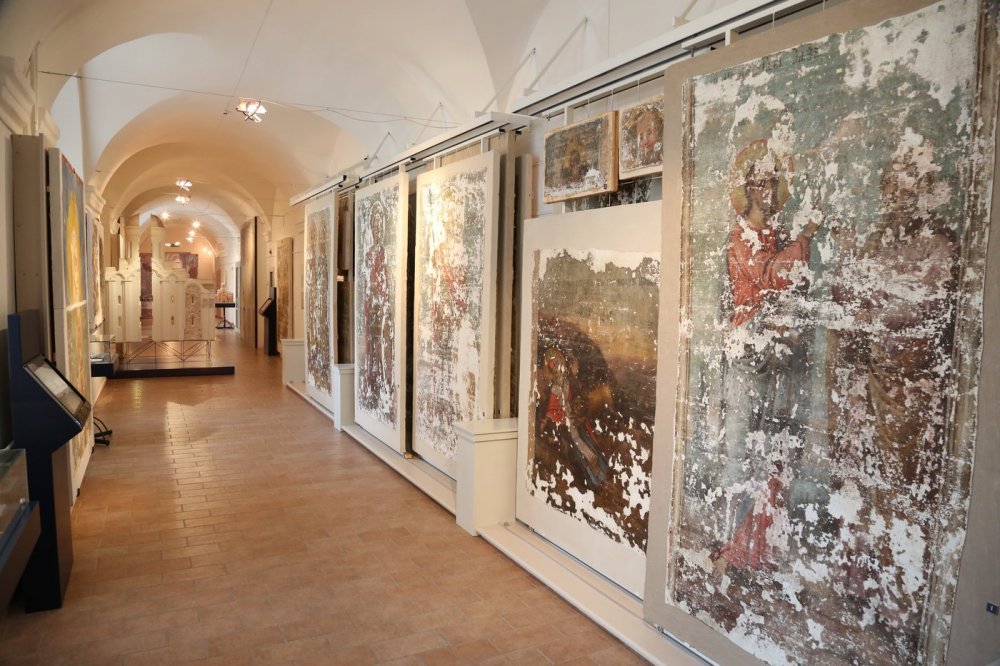
The art gallery is housed in one of the buildings of the former Jesuit Collegium, an architectural monument of the 18th century. The gallery's permanent exhibitions present collections of cult applied art of the 12th-19th centuries, icon painting of the 18th-20th centuries, secular portrait painting of the 18th century, fine art of Belarus of the 20th century. The gallery also has two exhibition halls for temporary exhibitions.
The Gallery opens with the exhibition "Mural paintings of the 12th-19th centuries from Saint Transfiguration Church (12th century) of Polotsk Saviour Euphrosyne Monastery" demonstrating the development of the visual arts in Belarus.
The section of icon painting of the 18th-19th centuries, in addition to common cult objects, includes six icons of the 18th century of the local school of icon painting from the iconostasis of Sophia Cathedral, a collection of cult copper casting of the 19th century and archaeological finds of the 12th century.
The section "Art of Belarus of the XX century" in chronological order, since 1935, traces the stages of development of Belarusian art and introduces the names of significant artists.
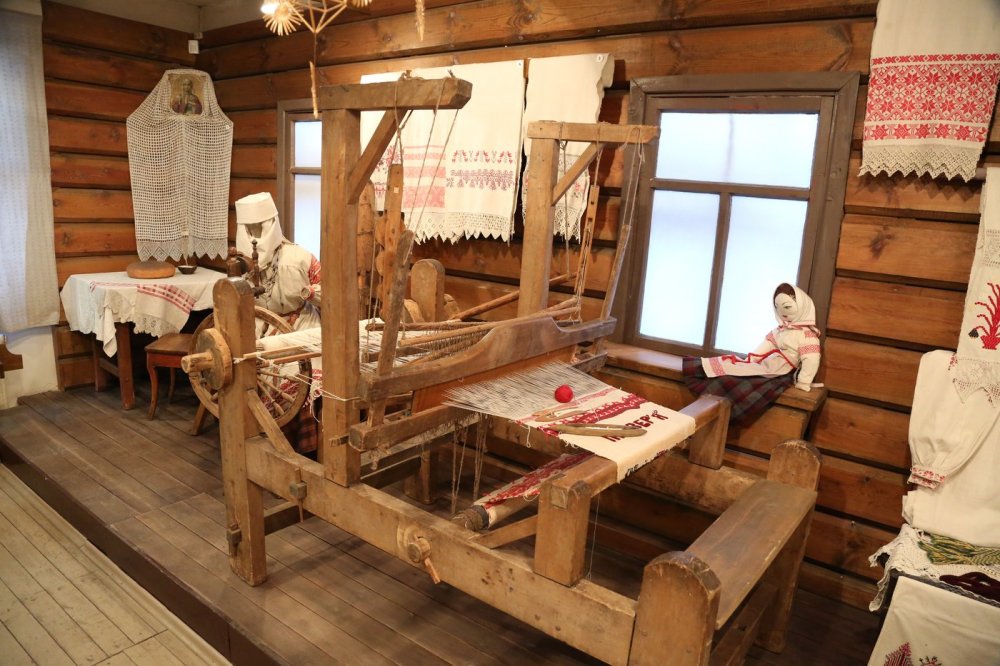
Museum of Traditional Manual Weaving of Poozerye
The Museum of Traditional Weaving of Poozerye tells about the peculiarities of hand weaving of the late 19th - early 20th centuries in Glubokoye, Miory, Sharkovshchina, Verkhnedvinsk, Postavy, Dokshitsky, Polotsk districts of Vitebsk region.
Traditional weaving is one of the most widespread and ancient types of folk arts and crafts, directly related to the manufacture of household items: bedding, tablecloths, hand brakes, etc. The museum exhibition are located in three halls and cover the traditional process of creating woven products of the late 19th - early 20th centuries from planting flax to obtaining a finished product in accordance with the calendar nature's cycle.
The model of the weaving craft itself is presented in the exhibition by the World Tree, which, acting as a link between the universe and man, is the place of their intersection. The roots of the World Tree tell about the mysteries of growing and primary processing of flax, the trunk speak about the manufacture of fabric and its use in human life, the crown narrate about the mysterious world of mythological symbols and meanings that our ancestors encrypted in numerous ornaments that decorate almost every homespun thing. Multicoloured coded messages on towels, festive clothes, bedspreads introduce the museum visitor to the unique heritage of traditional Belarusian culture.
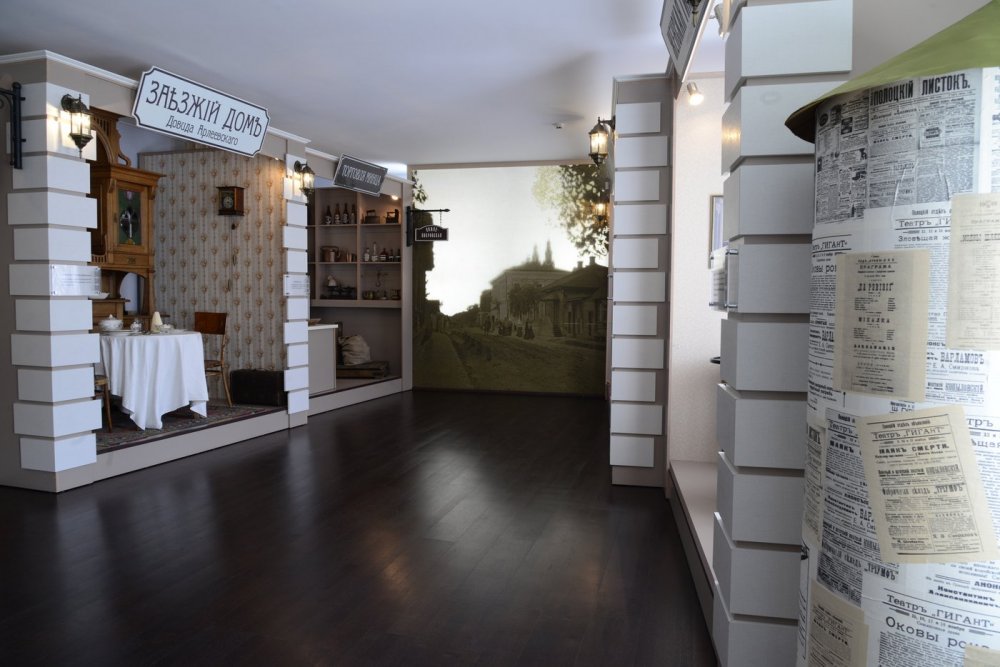
Permanent Exhibition "A Walk along Nizhne-Pokrovskaya Street"
The museum was created on the basis of a valuable and comprehensive museum exhibit from 1910 - "Guide to the City of Polotsk", published in Polotsk on the occasion of the transfer of the relics of St. Euphrosyne of Polotsk from Kiev to Polotsk. It tells about the history of Nizhne-Pokrovskaya Street, about the people who lived on that street, about those buildings and institutions that were here in 1910.
The interiors of the buildings of the women's gymnasium, the bank and the treasury, the Mint's trade store, the visiting house of David Orleevsky, the Boyarinblum's pharmacy and the living room of the mayor Nikolai Osipovich Laskovich. Interiors of the buildings, which were once located on Nizhne-Pokrovskaya Street, illustrate the style, life, customs and fashion of Polotsk at the early 20th century.
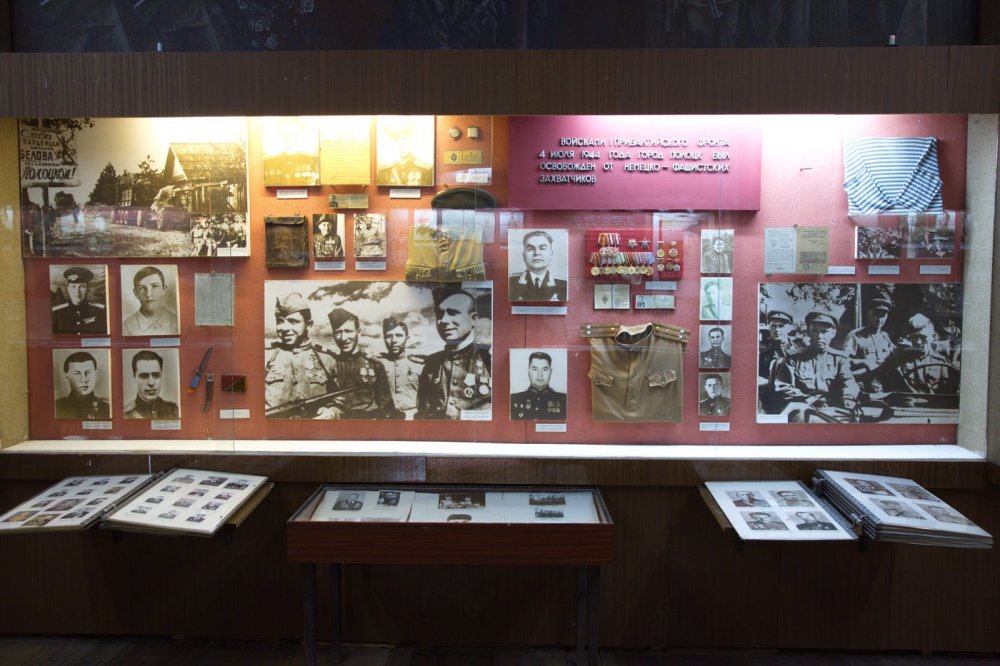
Permanent and temporary exhibitions of the Museum are located in five exhibition halls.
The first hall acquaints visitors with the heroic defense of Polotsk against the Nazi invaders (June 27 - July 16, 1941), as well as with the life of the city and its inhabitants during the Nazi occupation (July 1941 - July 1944). The second hall is dedicated to the partisan movement on Polotsk lands. The exposition covers the organization and combat activities of partisan detachments and brigades of Polotsk region, the activities of partisan doctors. The third hall tells about the "Bagration" Offensive during that resulted in the liberation of Belarus from German troops, as well as about Polotsk offensive operation as its component.
The fourth and fifth halls are designed to accommodate temporary exhibitions. Now they house a temporary exhibition "Printed Front", where you can get acquainted with the propaganda materials of the Soviet Union and Nazi Germany during the Second World War, and a temporary exhibition "For Courage and Heroism ... Awards of the Great Victory", dedicated to our fellow countrymen - officers and soldiers, workers and partisans, their feat of arms and labour during the war.
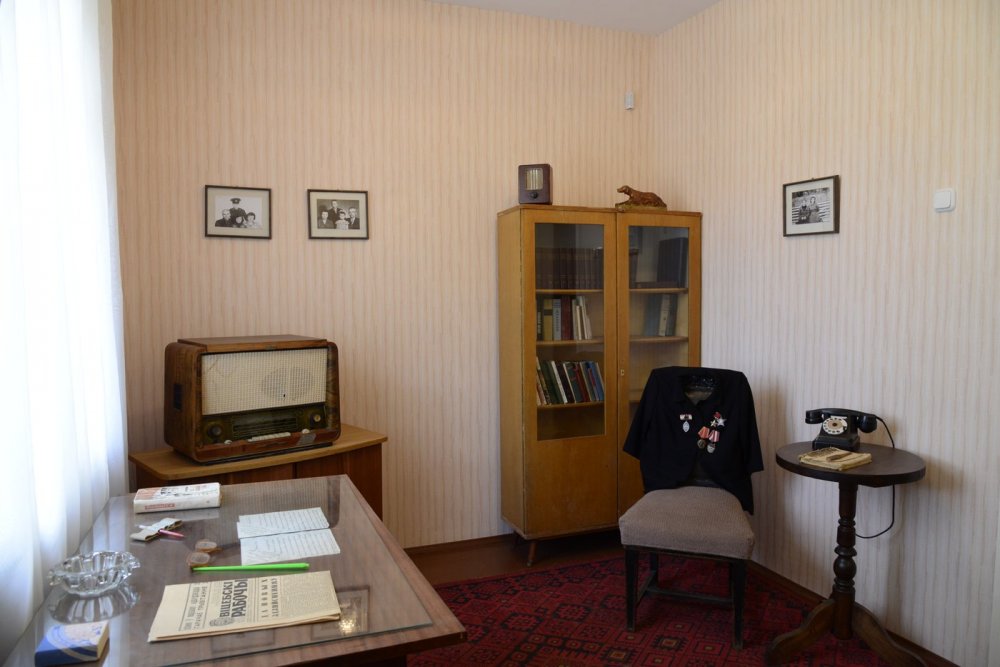
Museum-Apartment of the Hero of Soviet Union Z.M. Tusnolobova-Marchenko
The exhibition is located in one of the rooms of the house, where Zinaida Mikhailovna Tusnolobova-Marchenko lived in 1975-1980. She is a honorary citizen of the city of Polotsk, who was a medical instructor of a rifle company and saved the lives of dozens of soldiers and commanders of the Red Army during the Great Patriotic War.
The museum tells about the childhood and youth of Z.M. Tusnolobova-Marchenko, her participation in the battles of the Great Patriotic War, treatment in the hospital № 3861. It also gives an idea of the family life and social work of the heroine.
In the museum you can see documents, photographs, personal belongings and awards of Z.M. Tusnolobova-Marchenko. The Florence Nightingale Medal is of greatest interest among the awards. Z.M. Tusnolobova-Marchenko is the third woman in the Soviet Union to receive this award from the International Red Cross.
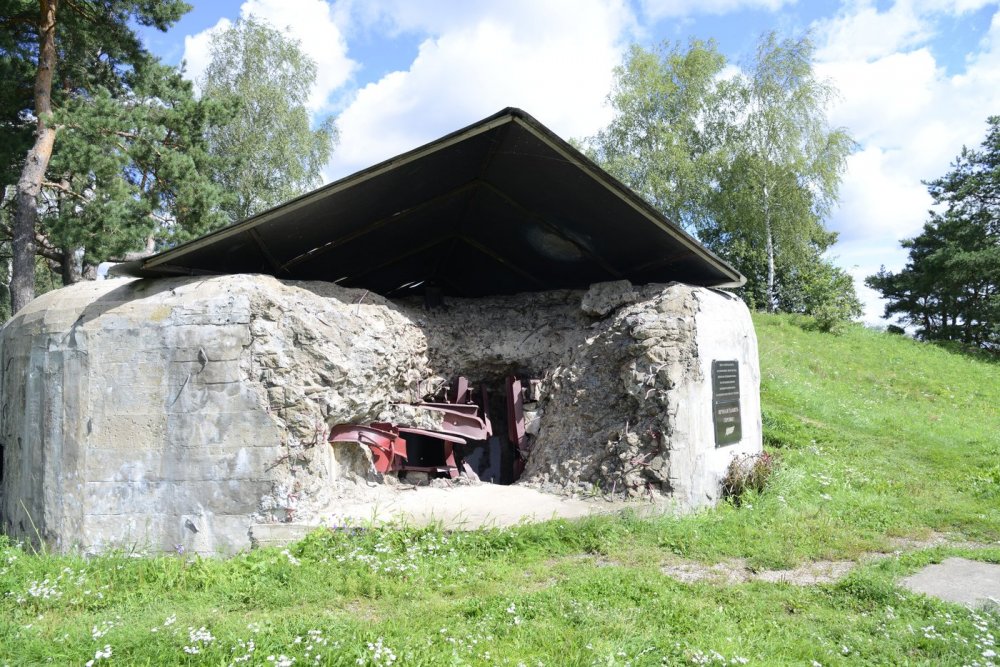
"The Field of Combat Glory" Historical and Cultural Complex
The complex is dedicated to the history of Polotsk Fortified District which was an integral part of the fortification system known as the "Stalin Line". Polotsk FD is one of the few fortified districts that completed its combat mission in the initial period of the war.
Having visited the "Field of Combat Glory" complex, you can enter a real bunker that still bears the terrible traces of the past war, visit a dugout, walk through the trenches and try to imagine what this place looked like at the war beginning. You will learn about people who, in spite of everything, held back the superior forces of the enemy, contributing to the approach of the Victory.
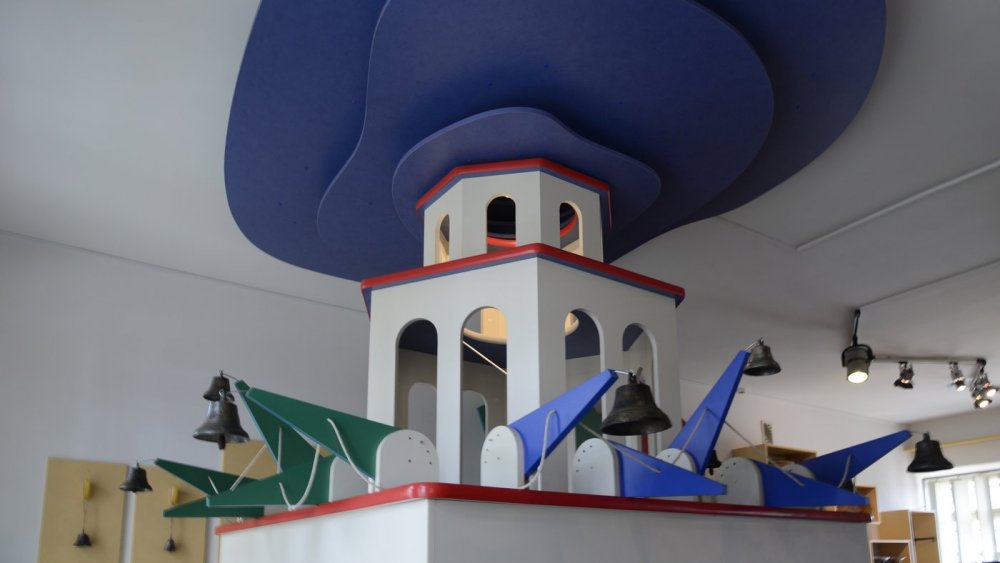
The exhibition is an educational and play space, where every visitor, regardless of age, will find something to their liking, will be able to practice attentiveness, ingenuity, dexterity, and express themselves creatively. The bright and modern space of the three exhibition halls of the Children's Museum forms a special, interested attitude to the world of objects, makes it possible to communicate with the child, to reveal his individuality and originality.
In the first two exhibition halls you will get acquainted with a variety of objects: clocks, bells, cameras, samovars, stamps and postcards, learn the history of their invention and improvement, look at the man as at the creator and inventor. The exhibition "Traveling with a Bookmark", which is located on the third floor of the museum, offers children's books, toys, "magic" items from fairy tales. Sea travel amateurs will be attracted by the Yacht complex. A little bit of imagination - and you are already the captain, who is heading for the shores of the mysterious Antarctica ...
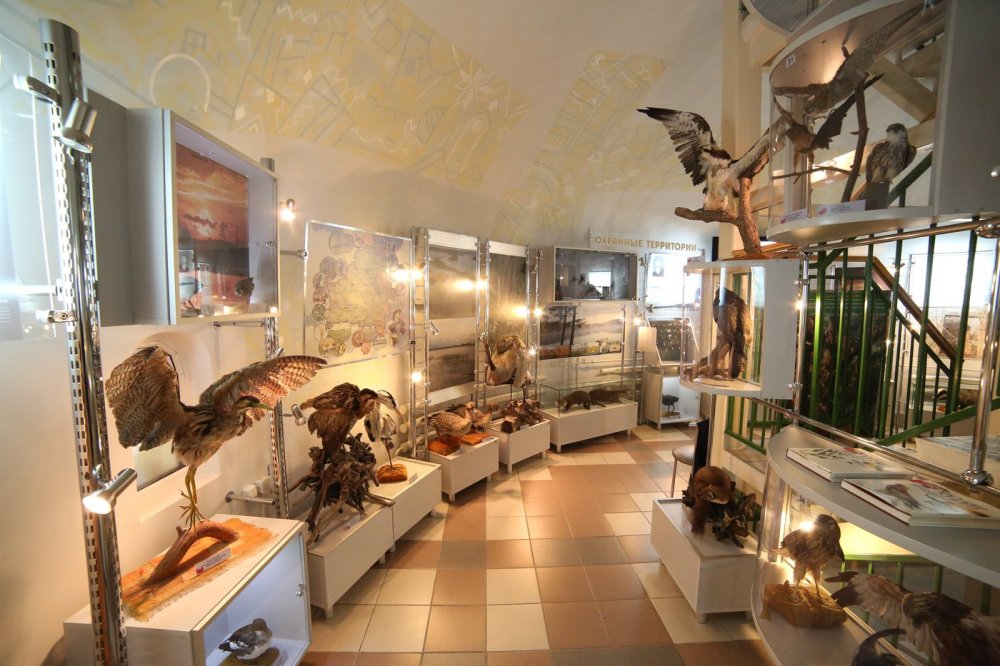
The museum is housed in a former water tower built in 1956. The exhibition halls are designed to show nature as a value and part of human existence, and the man - as a part of natural space. The exhibition is based on the conflict between man and nature, its effective development by man.
The museum is structured in such a way that the visitor first has the opportunity to admire the native nature, familiar landscapes. But as you climb up the stairs of the museum, the picture changes. Colorful landscapes become everyday, familiar to our eyes, technogenic spaces with corresponding black and gray inhabitants. As a result of human activity, changes occur in nature, a person dominates and violates the ecological balance, completely forgetting that he himself is a part of this nature. As a result, an ecological crisis is sweeping across the planet, and the planet is asking for help. The next hall tells about this, where we are talking about the existence of nature conservation areas in Belarus: Pushcha, nature reserves, wildlife reserves ...
In the last hall, the museum invites the visitor to make his choice: to go further in the same dangerous way, or to stop and think about how to find harmony in the relationship between man and nature.
